Optimal Timing for Stamped Concrete Service
Timing plays a crucial role in achieving optimal results with stamped concrete. The ideal period for scheduling stamped concrete service depends on weather conditions, temperature, and humidity levels. Proper timing ensures the concrete cures correctly, leading to durable and visually appealing surfaces.
Spring and early summer offer moderate temperatures and lower humidity, making them suitable for stamped concrete installation. These seasons help prevent issues related to rapid drying or freezing.
Late summer and early fall provide warm weather with less rain, ideal for concrete curing and stamping processes. Scheduling during this period can result in better color consistency and surface quality.
Winter months are generally unsuitable due to freezing temperatures, which can compromise concrete integrity. Similarly, peak summer heat can cause rapid drying, leading to cracks and surface imperfections.
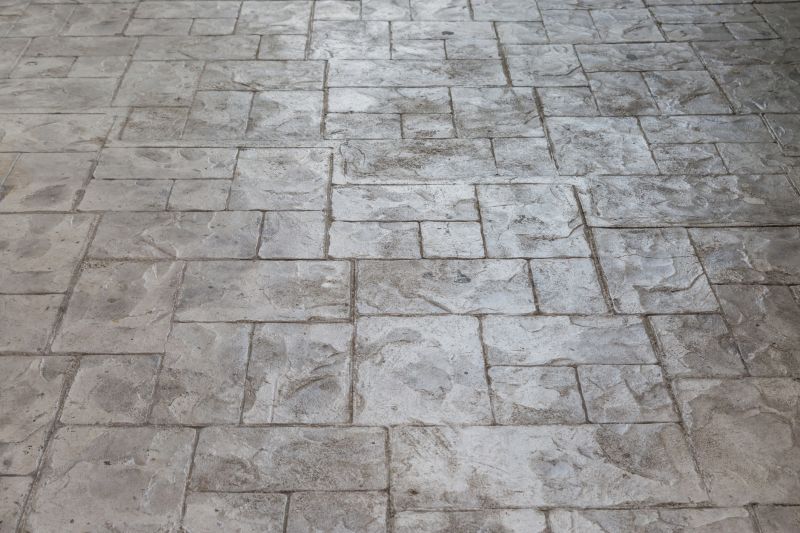
Ways to make Stamped Concrete Service work in tight or awkward layouts.
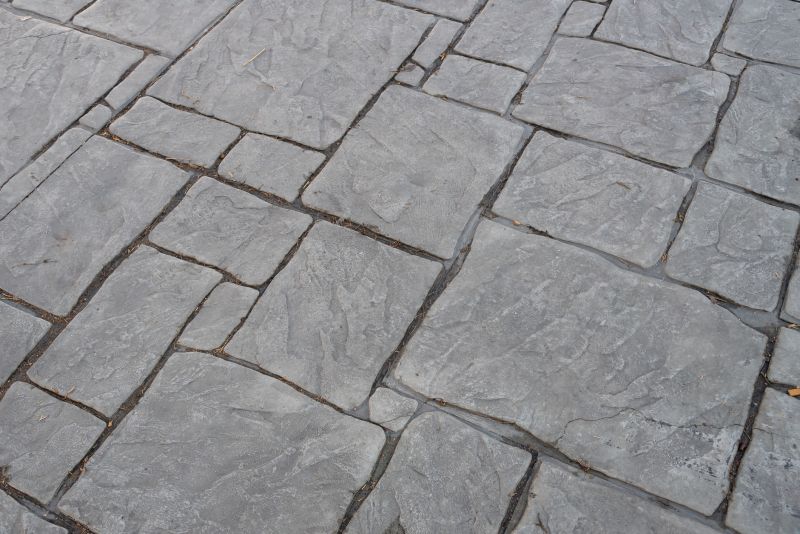
Popular materials for Stamped Concrete Service and why they hold up over time.

Simple add-ons that improve Stamped Concrete Service without blowing the budget.
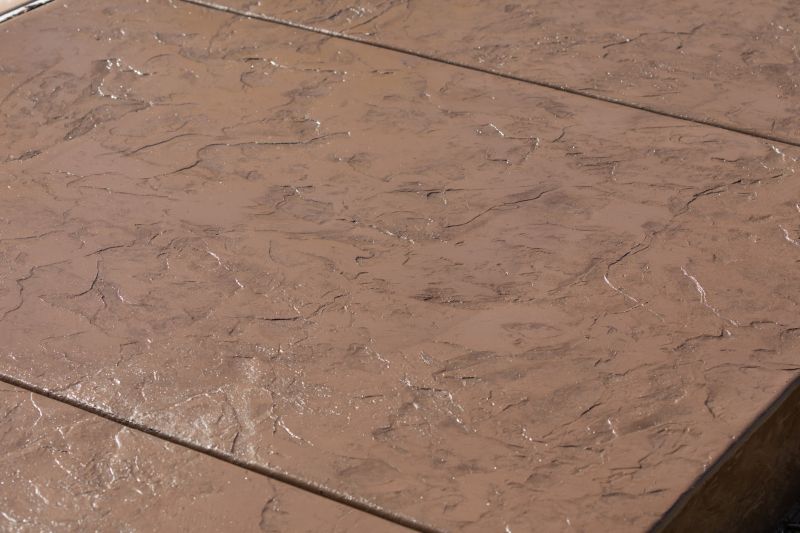
High-end options that actually feel worth it for Stamped Concrete Service.
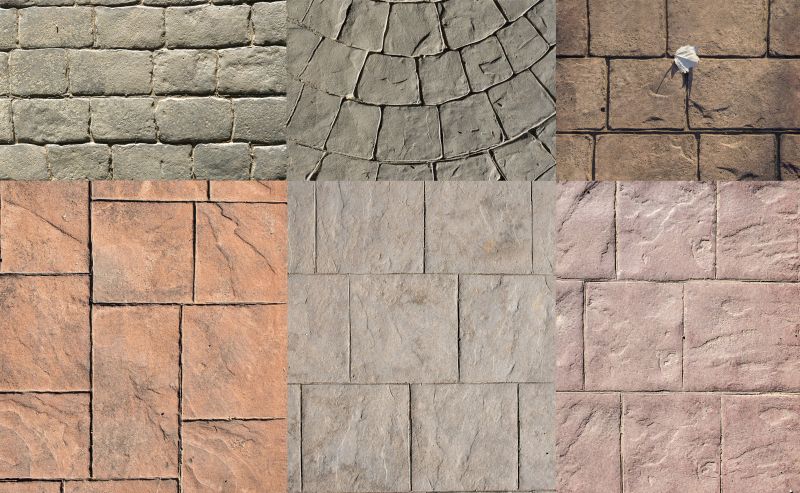
Finishes and colors that play nicely with Stamped Concrete Service.

Little measurements that prevent headaches on Stamped Concrete Service day.

A 60-second routine that keeps Stamped Concrete Service looking new.
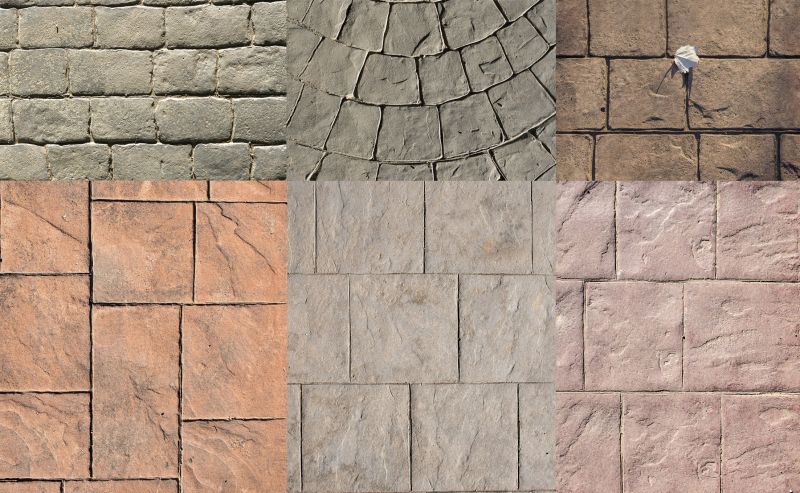
A frequent mistake in Stamped Concrete Service and how to dodge it.
| Season | Ideal Conditions |
|---|---|
| Spring | Moderate temperatures and low humidity |
| Early Summer | Warm weather with minimal rain |
| Late Summer | Optimal curing conditions |
| Early Fall | Cooler temperatures and dry weather |
| Winter | Not recommended due to freezing temperatures |
Stamped concrete service involves imprinting patterns and textures onto freshly poured concrete to mimic materials like stone, brick, or slate. This technique enhances the aesthetic appeal of driveways, patios, and walkways. Proper timing ensures the concrete cures evenly, preventing cracks and surface defects. The process typically requires specific temperature ranges and humidity levels to achieve the best results, making seasonal planning essential for durability and visual quality.
Statistics indicate that concrete curing is most effective when temperatures are between 50 and 85 degrees Fahrenheit. During this range, the chemical processes involved in curing occur optimally, reducing the risk of surface imperfections. Scheduling stamped concrete services during these periods can lead to a longer-lasting, more attractive surface that withstands daily wear and tear.

Small tweaks to make Stamped Concrete Service safer and easier to use.
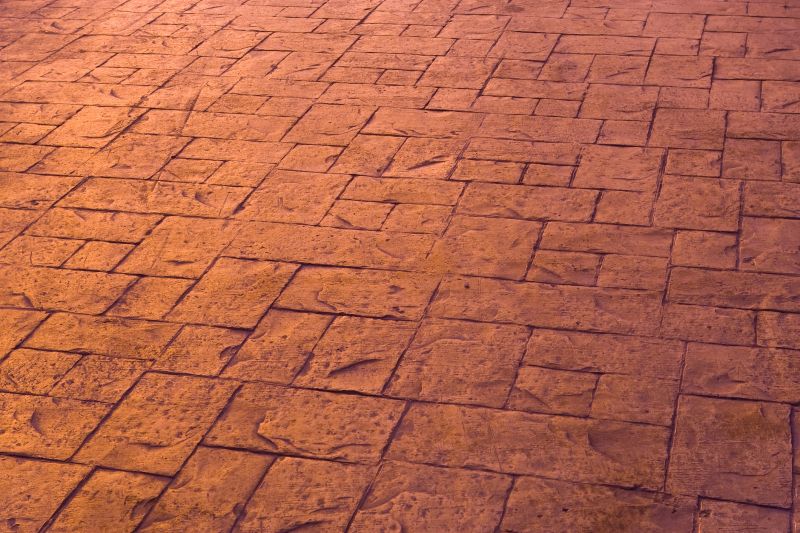
Lower-waste or water-saving choices for Stamped Concrete Service.

The short, realistic tool list for quality Stamped Concrete Service.
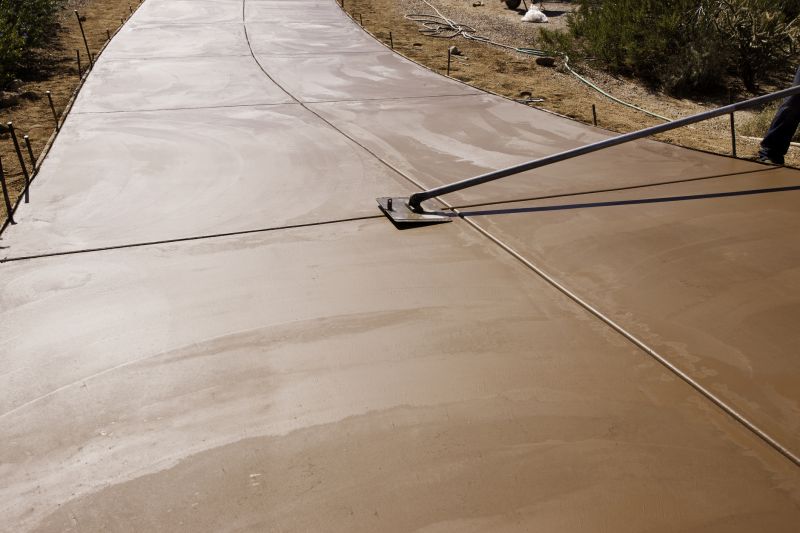
Rough timing from prep to clean-up for Stamped Concrete Service.

Quick checks and paperwork to keep after Stamped Concrete Service.
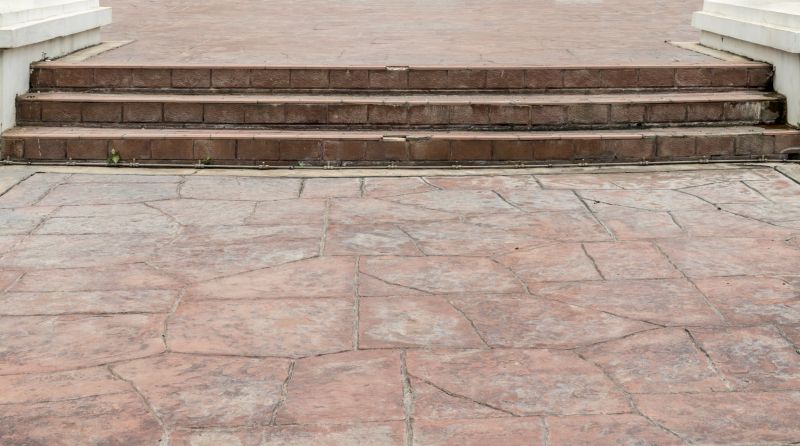
Examples that show the impact a good Stamped Concrete Service can make.

Ways to make Stamped Concrete Service work in tight or awkward layouts.
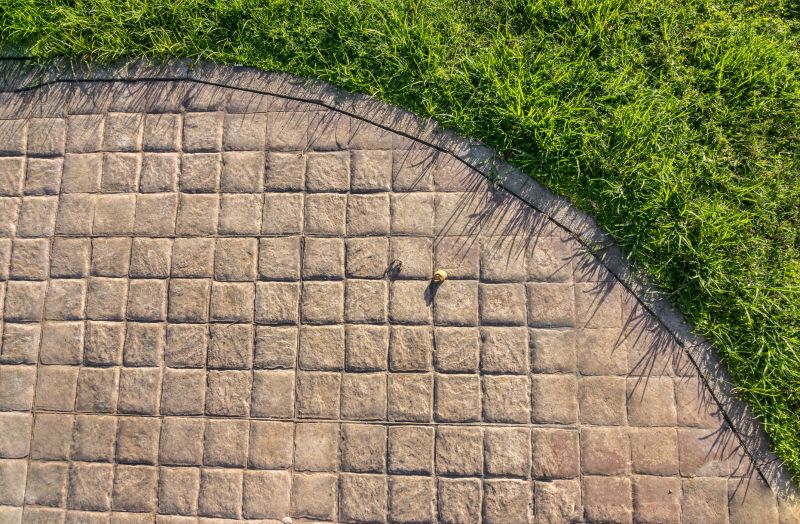
Ways to make Stamped Concrete Service work in tight or awkward layouts.
Individuals interested in stamped concrete service are encouraged to contact for scheduling and consultation. Proper timing ensures the best possible outcome, with surfaces that are both durable and visually appealing. Planning ahead can help coordinate with seasonal weather patterns and ensure the project is completed during the optimal window for concrete curing.
